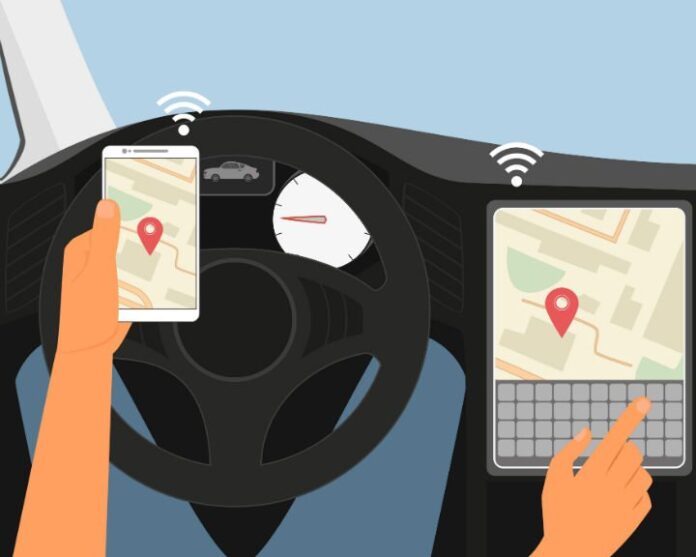January’s Consumer Electronics Show and the recently concluded Mobile World Congress event in Barcelona, Spain, punctuated a fact fairly obvious to anyone in attendance or following from afar: Connected devices are here in a big way. They continue to weave their way into almost every aspect of life and will continue to do so as evidenced by the array of new connected “wearables,” appliances and cars introduced at these major industry events.
The rapid expansion of connected devices in the market will have profound effects on customer care in many ways.
To begin with, the current state of customer service is largely focused on supporting the features and functionality of new device models and operating systems. Customer care representatives already struggle to keep pace with familiarizing themselves with these mobile devices. Consumers have personalized their devices and have transitioned how they manage their daily lives to their devices and, as a result, they expect a high level of customer support. Now CSR’s will have to deal with an increased complexity of applications and services. Agents will face daunting challenges as they aim to provide superior support when they do not have full visibility into how consumers are using their devices.
The introduction of new connected devices that work with smartphones and tablets will further confound matters. New product categories such as smart watches and consumer wearables require constant communication with a smartphone in order to drive utility of the device. For these devices to provide value added services – such as messaging and notifications – they need to stay connected at all times. With multiple connected personal devices operating applications and services, the customer care challenge becomes one of accurately identifying issues across device platforms and quickly and efficiently providing support to rapidly resolve problems.
Finally, with consumers using devices from different manufacturers, the customer support model has the potential to create confusion in the market. While mobile operators provide support for smartphones that are tied to its mobile service, device manufacturers seek to provide support for devices that may be connected to the smartphone platform. These devices have a unique set of challenges in providing quality customer care for each product that brings its own user interface and capabilities.
So what are operators and manufacturers to do to alleviate the inevitable onslaught of service requests and avert costly device returns? Here are some ideas:
Be predictive
To improve the user experience on the device, mobile operators must be predictive and proactive in providing customer care solutions to their subscribers. Through device diagnostics and remote support capabilities, mobile operators should seek to gather as much information about the device, applications and network conditions when the opportunity is present in order to proactively resolve customer problems.
Embrace data
Data analytics are invaluable in their ability to offer real-time insight into network performance. By incorporating a data strategy within customer care, operators and manufacturers can spot flags in performance that not only will more quickly and easily address an issue at hand but also potentially preempt additional support requests from users experiencing a similar issue.
Empower the user
Very few customer care issues are urgent or catastrophic in nature. But the first impulse the user has when they encounter a problem is to call an agent. User manuals are usually lengthy, complicated and intimidating, furthering the desire to talk to a real person. Through online tutorials and learning wizards, operators and manufacturers can empower the user to resolve issues on their own with confidence and avoid having to monopolize valuable call center time with basic problems. Consider creative ways to incentivize the user for visiting the self-care center first, maybe through a contest, promotion or discount of some kind.
A new model
All in all, mobile operators and device manufacturers must embrace a new customer support model – one that focuses on the user experience. This new model must center on the usability of the product, which becomes the basis for delivering an enhanced customer experience.
Daniel Deeney is CEO of AetherPal, a leading provider of connected device support software for mobile operators and wireless device OEMs. Prior to AetherPal, he was a founding partner of New Venture Partners, a leading venture capital firm with $700 million under management. Before joining New Venture Partners, Deeney was with its predecessor organization, Lucent New Ventures Group. Prior to Lucent, he held a variety of senior positions at Venator Group and Mobilemedia Communications where he played a key financial role in the firm’s IPO. Deeney is currently on the venture advisory councils at Verizon Wireless and Sprint. He holds an MS in Management of Technology from the Wharton School at the University of Pennsylvania/Penn Engineering, an MBA from Pepperdine University, a BS in finance from San Diego State University and is a Certified Public Accountant.
Editor’s Note: The RCR Wireless News Reality Check section is where C-level executives and advisory firms from across the mobile industry share unique insights and experiences.


